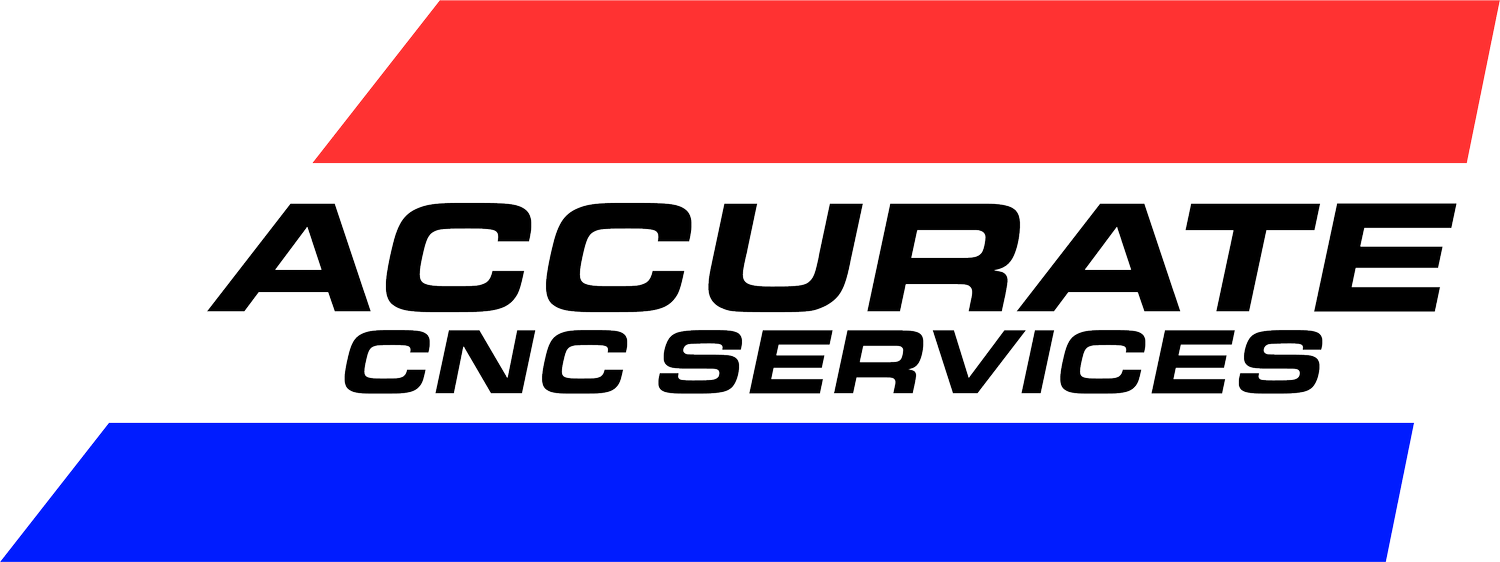How We Achieve Precision in Laser Engraving
At Accurate CNC, we’ve lasered some unusual things over the years. Driftwood pulled from Coeur d’Alene Lake. Cornhole boards etched with engagement photos. Even a quarter-sawn blank from a tree cut down in someone’s backyard. Along the way, we’ve built a library of tricks that guide our work today.
So when someone asks, “How detailed can your lasers get?” our answer is: it depends. The level of detail in any laser engraving or laser part marking project comes down to several factors: the quality of the artwork, the material being engraved, and the technical settings of the laser. With advanced equipment in our CNC machine shop and years of process refinement behind us, we know how to get the balance right.
Artwork Matters More Than You Think
Every laser project starts with the artwork, and the file you bring us makes a bigger difference than most people realize. A clean vector file can translate beautifully into a sharp, detailed laser engraving. A pixelated JPEG or a screenshot pulled from the internet? Not so much.
When the artwork isn’t crisp, the laser can only do so much. Jagged edges or fuzzy lines in the file become jagged edges or fuzzy lines on the material. In some cases, we can step in and redraw or clean up a design before running it. It adds a little extra time up front, but it ensures the final result looks the way you want it to.
We’re also upfront about what’s possible with the file you send. If we think it needs work, we’ll let you know and either improve it ourselves, or give you the chance to find a higher-quality version. It’s all part of making sure the engraving is a product you’ll be excited about.
The Settings That Shape Laser Engraving
Two factors really dictate how much detail we can create with laser engraving: lines per inch (LPI) and beam width.
LPI is basically how close the laser lines are to each other. You can think of it like the dots in an old newspaper photo. Pack the lines in tight, and you’ll get a sharper image. Spread them out, and the picture looks rougher. We’ve tested this a lot: engraving a dime at 100 LPI takes about 11 seconds, but bump that up to 1,000 LPI, and suddenly it’s closer to two minutes. On a big job, that difference can really drive up the cost, which is why we usually stay between 250 and 500 LPI for most laser projects. It gives you crisp detail without excessive machine time (or burning through your budget).
Beam width is the other critical factor. Our CO₂ laser has a beam that is slightly wider than average, which is good for bigger, bolder designs. The fiber laser, on the other hand, is incredibly fine with a beam of less than 0.001". The latter is what we turn to when a customer wants something super sharp, like the bike caps we engraved with custom text that still looked clean under a macro lens.
Having both types of lasers in-house means we can match the right tool to the right project instead of trying to make one setup do everything.
Why Material Choice Matters
The type of material being engraved plays a big role in how much detail we can achieve. Wood, for instance, can be tricky. Knots are dense, the surrounding grain is softer, and a higher LPI can quickly lead to overburning. We’ve even had jobs where the only way forward was to engrave small sections at a time, letting the piece cool between passes.
Anodized aluminum and powder-coated metal, by contrast, are far more straightforward. Because the laser only needs to remove the surface layer (either the dye or the coating), these materials can handle high levels of detail without risk of damage. That makes them ideal choices for laser part marking applications like QR codes, logos, and serial number plates where clarity is critical.
Over the years, we’ve learned the nuances of each material we work with, from metals and plastics to wood and coated surfaces, and built a library of proven settings. What started as trial and error is now a reliable knowledge base that ensures every laser engraving project is consistent, clean, and durable.
Balancing Detail, Time, and Cost
It’s easy to think more detail is always better, but that isn’t always true. A design that looks perfect when zoomed in on a computer screen doesn’t necessarily need ultra-high LPI once you see it at actual size. Our job is to guide customers to the right balance so they get enough detail to look sharp, without adding unnecessary time and cost.
That’s why we walk through the options, show examples, and when it makes sense, run a quick sample. The result is a level of detail that makes sense for the project.
Find the Right Balance for Your Project
So, how detailed can our lasers get? As detailed as your project calls for. With the right artwork, the right material, and the right settings, we can achieve clarity down to the finest lines. But we’ll always guide you toward the level of detail that makes sense for your part and your budget.
Ready to put our lasers to work on your next project? Contact our CNC machine shop today to request a quote.


